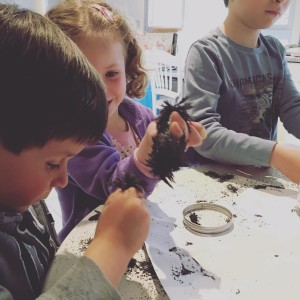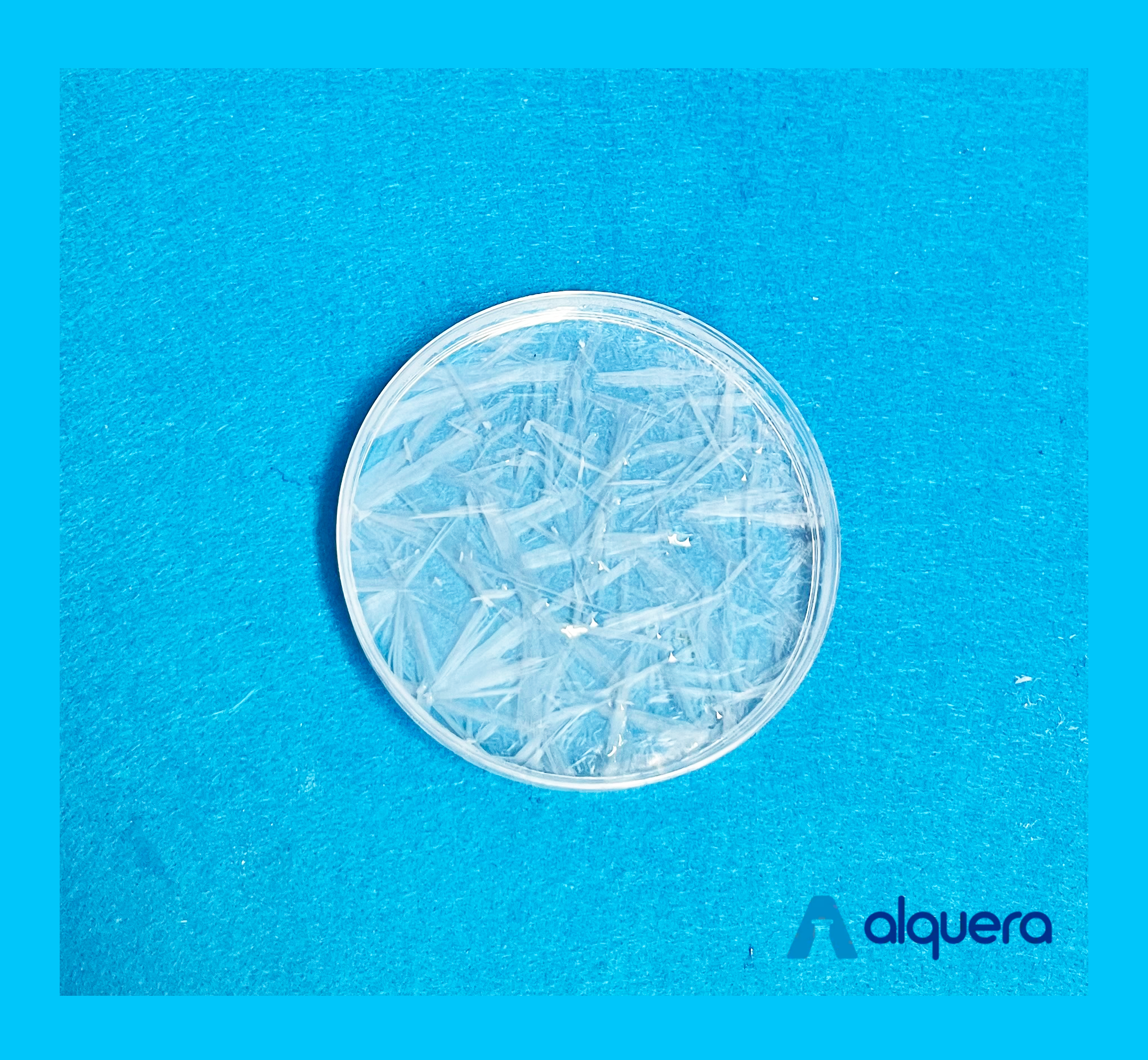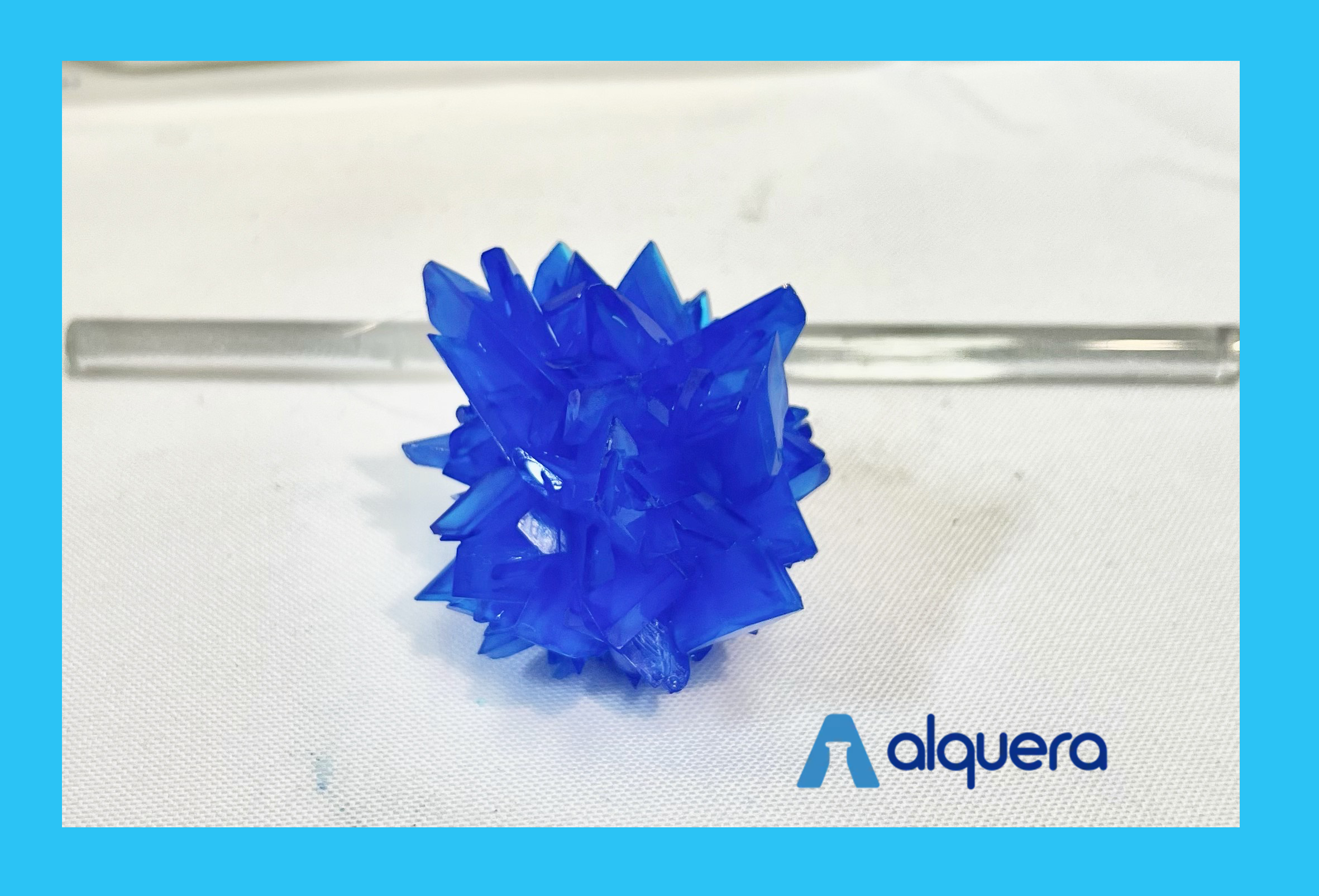Welcome to this website dedicated to the experiments for children, homemade experiments and to the science. In this website we want to tell you in a simple way how to apply some of the best known principles of physics and chemistry. The experiments you will find are easy experiments for children, whether they are experiments for primary school children, science projects for primary school children, school science projects or simply home experiments for children. Use the search engine on the left to select the experiments according to age or topic you are most interested in.
Index
BUCAR EXPERIMENTS BY:
- Category: Chemistry
- Thematic Area: Crystallisation
- Main products used:
- Category: Chemistry
- Thematic Area: Crystallisation
- Main products used: Copper Sulphate
- Category: Chemistry
- Thematic Area: Redox Reaction
- Main products used: Copper Sulphate
- Category: Chemistry
- Thematic Area:
- Main products used: Copper Sulphate, Potassium Iodide
- Category: Chemistry
- Thematic Area: Redox Reaction
- Main products used: Potassium Permanganate
- Category: Chemistry
- Thematic Area: Redox Reaction, Strong Reactions
- Main products used: Vegetable Glycerin, Potassium Permanganate
- Category: Chemistry
- Thematic Area:
- Main products used: Vegetable Glycerin
- Category: Chemistry
- Thematic Area: Soap making
- Main products used: Ethanol, Vegetable Glycerin
- Category: Chemistry
- Thematic Area:
- Main products used: Calcium Chloride
- Category: Chemistry
- Thematic Area: Fluorescence
- Main products used:
- Category: Physics
- Thematic Area: Fluid Mechanics
- Main products used:
- Category: Physics
- Thematic Area: Fluid Mechanics
- Main products used:
- Category: Chemistry
- Thematic Area: Polymers
- Main products used: Borax, Sodium Polyacrylate
- Category: Chemistry
- Thematic Area: Polymers
- Main products used: Borax, Sodium Polyacrylate
- Category: Chemistry
- Thematic Area: Strong Reactions
- Main products used: Sulphuric Acid
- Category: Chemistry
- Thematic Area: Strong Reactions
- Main products used: Hydrogen Peroxide
- Category: Chemistry
- Thematic Area: Redox Reaction, Strong Reactions
- Main products used:
- Category:
- Thematic Area: Atomos
- Main products used:
- Category: Chemistry
- Thematic Area: Fluorescence, Polymers
- Main products used: Polyvinyl Alcohol, Borax, Sodium Fluorescein, Rhodamine
HOMEMADE EXPERIMENTS
The experiments you find on this page are homemade experiments. Experiments that, although you need some materials to carry them out (each experiment is indicated), can be carried out at home in a simple way. They are homemade experiments for childrenwhich will also be of interest to adults. They can also be used as school experiments.

TOPICS COVERED BY THE CHILDREN'S EXPERIMENTS
In each of the experiments, whether they are chemistry experiments or physics experiments, you will find a link to the theoretical basis that explains the experiment in question. You will find processes, chemical reactions and principles of physics such as Newton's Lawswhich we encounter on a daily basis in our daily lives. Oxidation reactions, pH and its measurement, the atomThese are some of the principles that you can apply in your daily life.
WHO WE ARE
This website is a private project, for the diffusion of science among adults and children. Within the same group you can find the website of Alquera.com y Nieveartificial.es. You can follow our posts from our Facebook page, Instagram page o Youtube.
SOCIAL NETWORKS
YOU ARE INTERESTED IN THIS PAGE IF YOU ARE LOOKING FOR ANY OF THESE TERMS:
Experiments for kids youtube, experiments for kids and educational activities, experiments for preschool, experiments for kids and their explanation, experiments for kids and easy, experiments for kids and girls, experiments for kids and their scientific explanation, experiments for preschool kids, experiments for elementary school kids, experiments for first graders, experiments for high school kids, experiments for kids with water, experiments for elementary school kids easy, experiments for kindergarten kids, experiments for preschool kids, experiments for preschool kids,





Hello, I am Moni, a kindergarten teacher and I am carrying out what is called "The Super Experiments". We are carrying out experiments that refer mainly to chemical principles. .... I LOVED your presentation and I would like to share with you more experiments and continue learning with the children in my kindergarten.
Buenos dias quiciera que me pudieran ayudar me que me pudieran ayudar ya que mis pequeños estan en semana de experimentos en su escuelita ha uno le toca sobre la electicidad y al otro sobre energia potencial me podrian ayudar
Hello good afternoon I need a simple experiment on the boiling point for my son who is in 5th grade thank you.
Hello I want to wash a 200 litre plastic bucket, I don't know what chemical it may have had (if any) to put drinking water in it, what can I wash it with and in what dose?